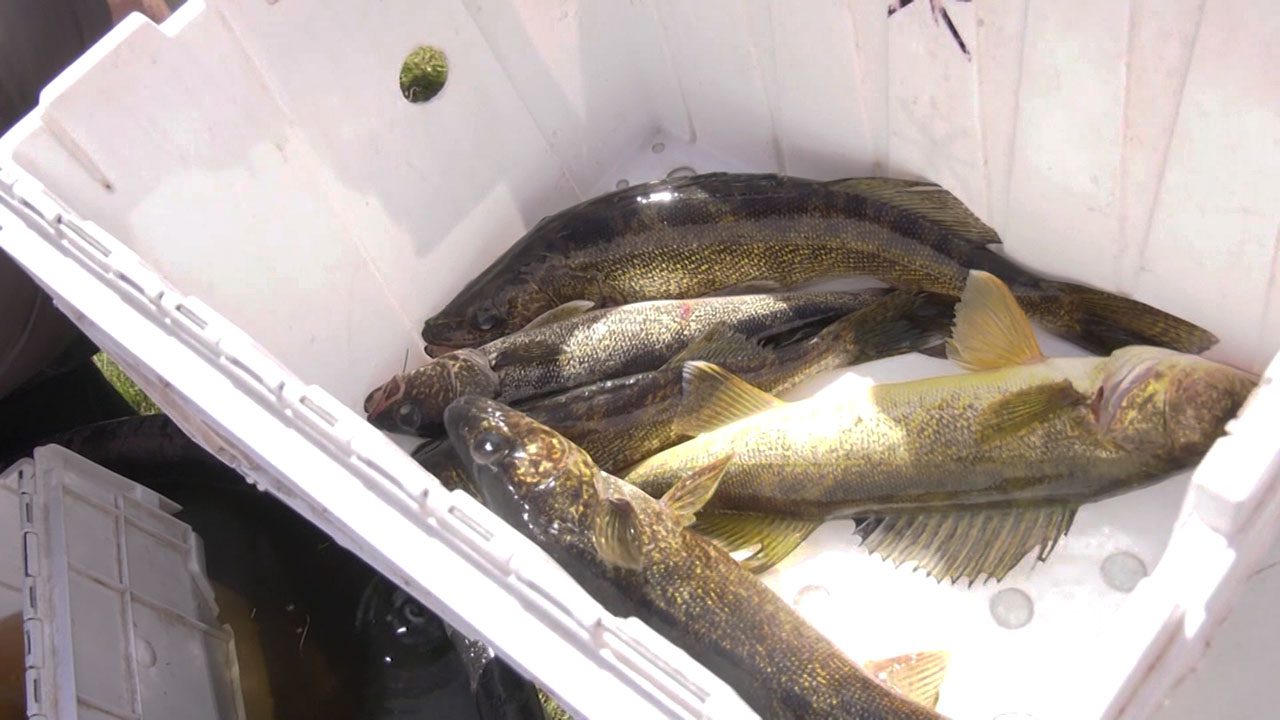Walleye fishing open all summer on Mille Lacs Lake

Walleye (WDIO, file)
Good news for walleye anglers on Mille Lacs Lake. On Friday the Minnesota DNR announced there would be no July closure or ban on live bait for Mille Lacs Lake this summer.
According to a release from the MN DNR, state-licensed anglers will be able to keep a walleye 21-23 inches in length or greater than 28 inches throughout the 2023 open water season. Adjustments to the harvest plan could be made later in the season if needed.
DNR management says lower walleye harvest this winter and an improving walleye population have helped to make this year’s more liberal regulations.
“We are pleased to see improvements in both the growth of adult walleye and survival of young walleye in Mille Lacs,” Brad Parsons, fisheries section manager for the Minnesota Department of Natural Resources said in the release. “Those factors create the opportunity for anglers to have a continuous harvest season in 2023.”
Walleye season in Minnesota opens on Saturday, May 13. The new Mille Lacs Lake regulations will apply through the end of the open-water season on Thursday, Nov. 30. DNR officials say there is no planned closure to walleye fishing or ban on using live bait during the first two weeks in July.
There are other regulations that anglers should be aware of:
- On opening weekend, fishing will be allowed 24 hours a day. Beginning Monday, May 15, the night fishing closure goes in effect, and fishing hours on Mille Lacs Lake will be 6 a.m. to 10 p.m. for all species.
- From Saturday, June 3, through Thursday, Nov. 30, muskellunge and northern pike anglers using artificial lures or sucker minnows longer than 8 inches are exempt from the night fishing closure.
- Starting Friday, Sept. 1, the night fishing closure is relaxed, with angling hours being 6 a.m. to midnight.
“As always, we will monitor the factors that determine the state’s walleye take throughout the open water season,” Parsons said. “If conditions warrant, we will adjust regulations, either to allow additional opportunity if harvest is especially low like it was in 2022 or tighten regulations if harvest exceeds our projections.”
Harvest levels are set annually, and may be lower or higher in subsequent years.